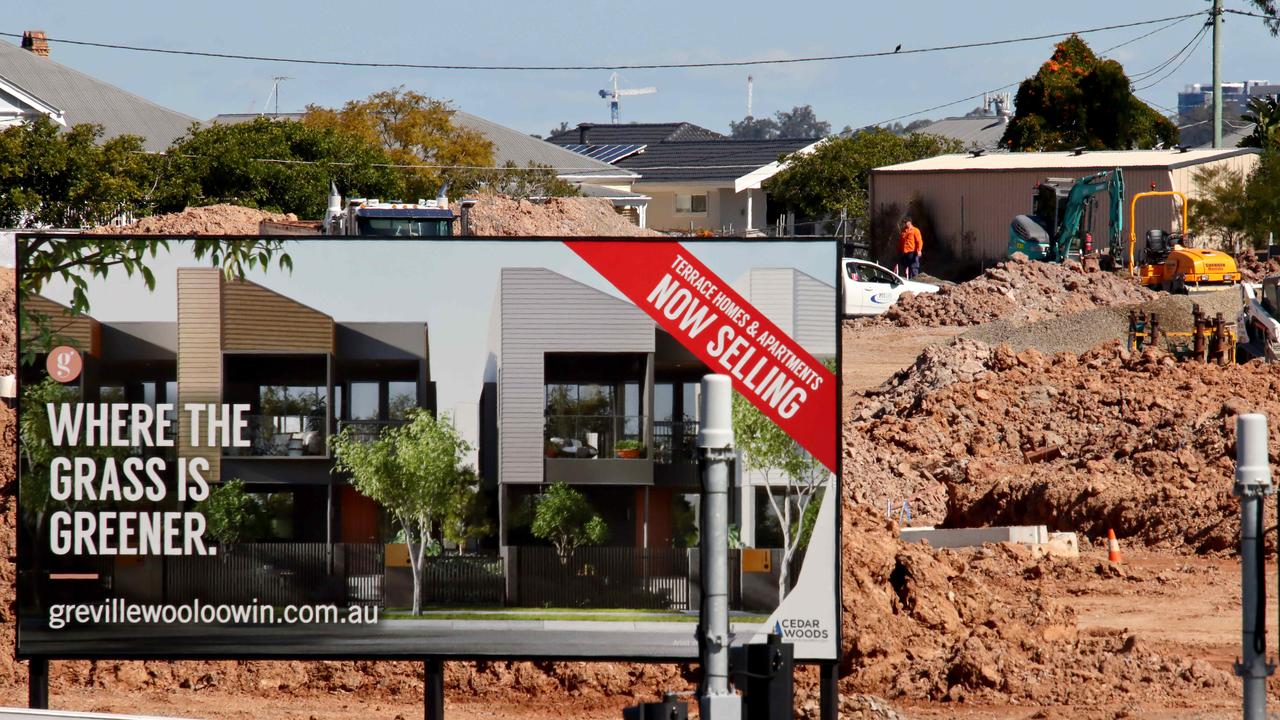A hefty suite of employee perks remain at trendy start-ups, despite some companies recently laying off significant numbers of staff.
Melbourne link-in-bio site, Linktree, has continued its lavish offerings despite this week laying off 17 per cent of its staff – about 50 people – the Sydney Morning Heraldreported.
Remaining employees have access to above market wages and a $6000 lifestyle payment they can use on fitness items including yoga classes or a new bike.
The planned shift into a trendy new office in Melbourne’s Collingwood will also go ahead, despite the company’s forecasted growth not eventuating.
“To meet the needs of our users throughout the last year, we scaled many of our functions, made some big bets and set ambitious hiring targets to meet them. I assumed the favorable economic environment would persist into 2022,” chief executive Alex Zaccaria wrote in a blog post this week.
“Instead, conditions changed faster than expected and those assumptions I made were wrong. I have many learnings to take into the next phase of building Linktree. That next phase involves narrowing our focus on our long-term strategy by reducing roles that are no longer aligned with our roadmap.”
In support of employees likely shocked at the lay-offs, the company gave all staff a mental health day on Friday.
“For a company like ours, so focused on culture and camaraderie, this will be difficult news. I don’t expect anyone to be their normal selves. We will also be allocating you an additional mental health day that you can take at a time that suits you,” Mr Zaccaria wrote.
Elsewhere, despite a round of lay-offs at Sydney blockchain start-up Immutable, it is offering staff a bonus of up to $16,000 if they refer a new employee.
Healthcare start-up Eucalyptus, which is behind the Software, Pilot and Juniper brands, made about 20 per cent of its workforce redundant last month but has upheld its free food and drinks offering.
Online graphic design company Canva, which had its value cut by about $20 million by investors, has also maintained its free meals and will still offer its annual Vibe & Thrive allowance that employees can claim for “whatever best supports their wellbeing”.
It can be spent on anything from health memberships to celebrations, wellbeing and education.
Industry sources who spoke to the Sydney Morning Herald anonymously said companies were saving money by offering employee perks rather than increases to their salaries.
“Free kombucha is way cheaper than paying an extra $40,000 in salary to someone who wants to work somewhere cool,” one told the publication.
While labor shortages still present a threat to the technology industry, supply has crept up on demand, largely due to talented people being let go from major companies, talent marketplace Expert360’s Bridget Loudon said.
“There are more talented engineers at the moment. This is largely driven by lay-offs in the tech sector from the majors to earlier-stage companies,” she told the publication.
Industries across Australia have resorted to offering thousands of dollars in incentives to secure staff, with people in high-demand areas such as healthcare, trades, transport, retail, manufacturing and logistics receiving thousands of dollars in cash bonuses.
They range from $1000 to $15,000 across the country, with one Grill’d franchise saying it was ready to pay prospective store managers $10,000 just to sign on.
McDonald’s Chatswood store manager Rhys Taylor told the Australian Financial Reviewthat incentives were advertised on in-store posters, with the fast-food chain losing staff quicker than they could be replaced at some stores.
Last month, the Australian Retailers Association announced that the post-pandemic worker shortage had worsened over autumn.
.




